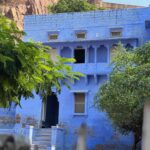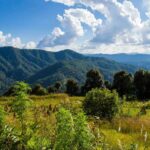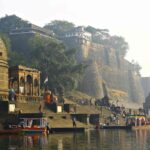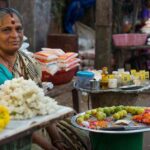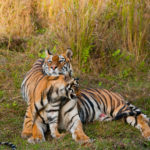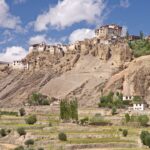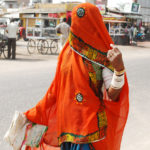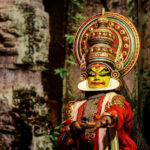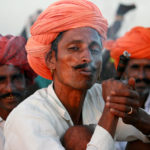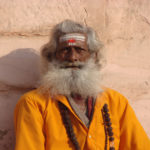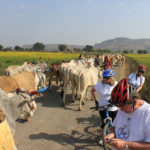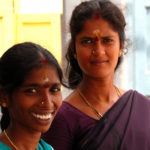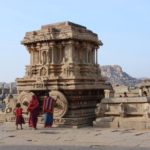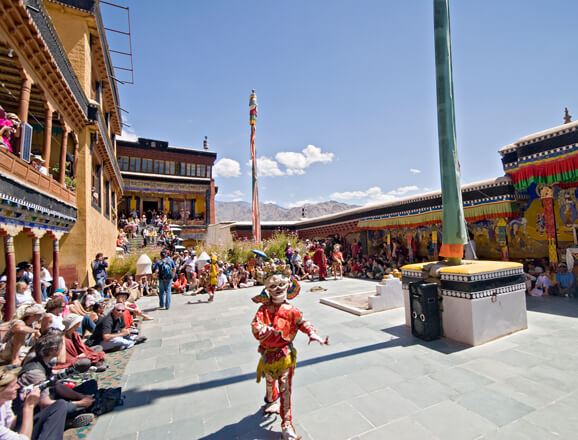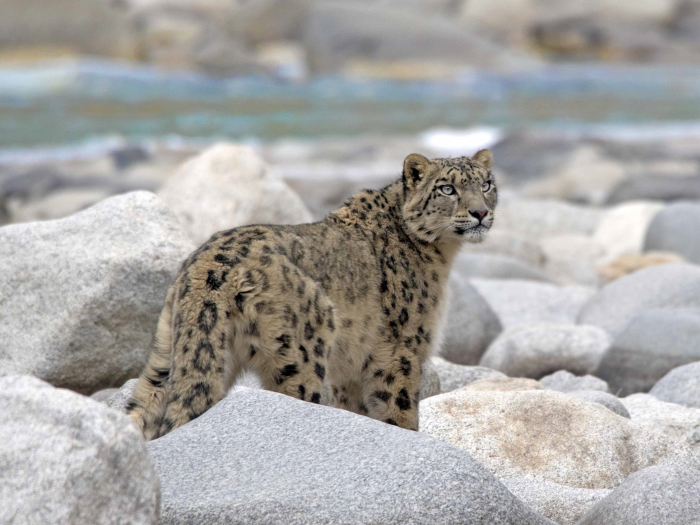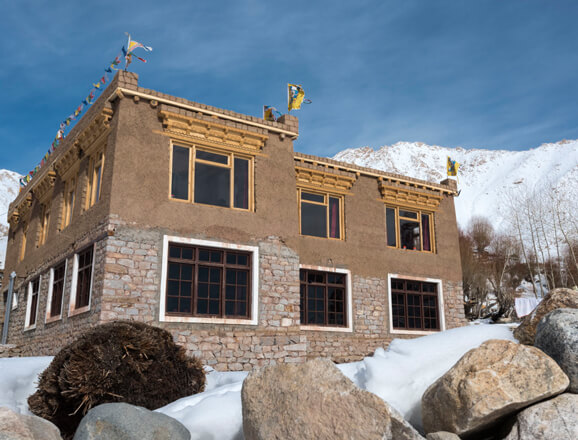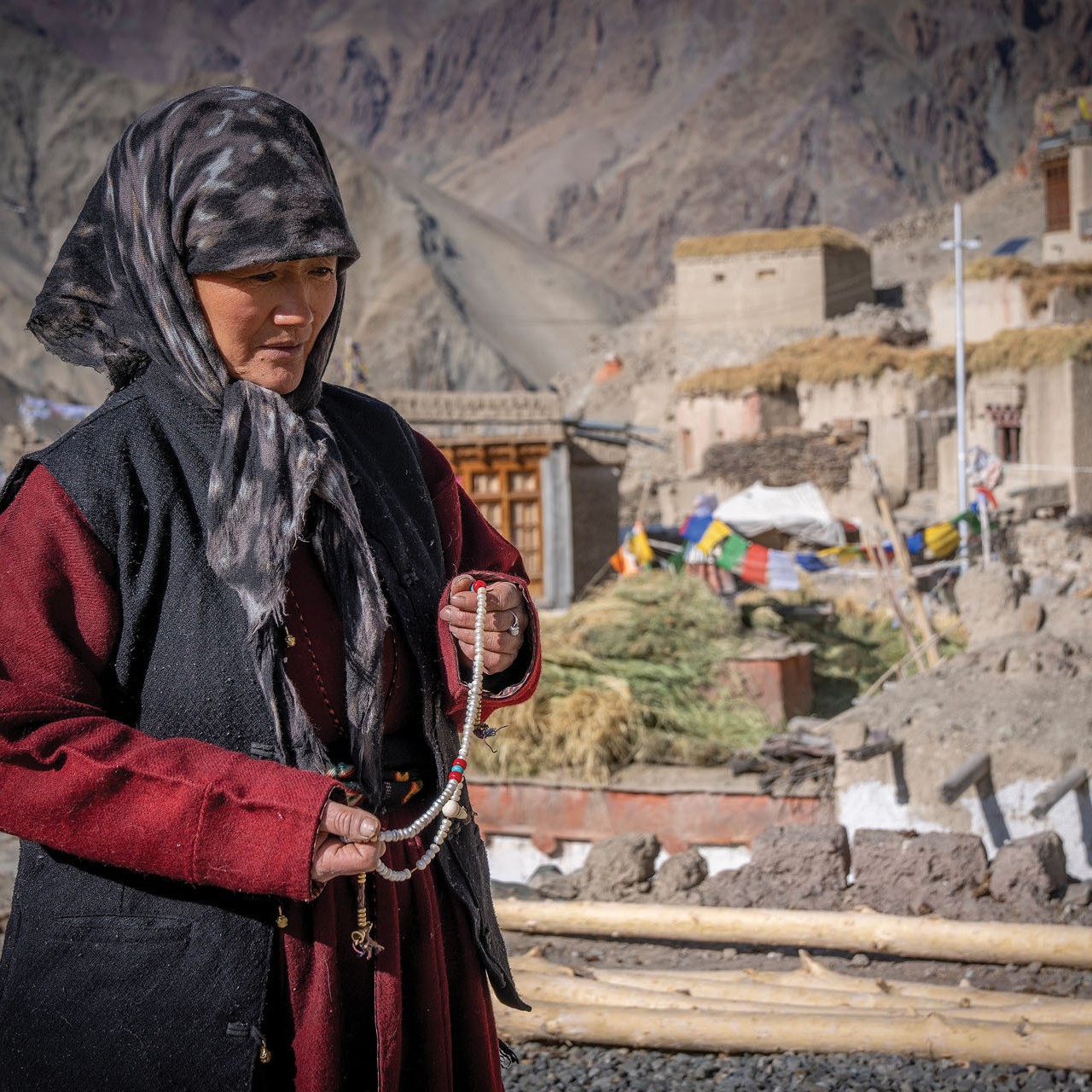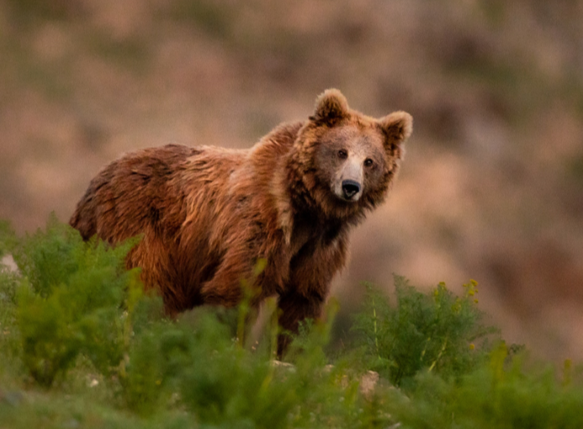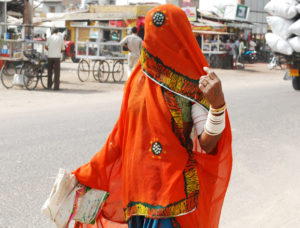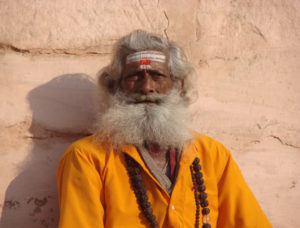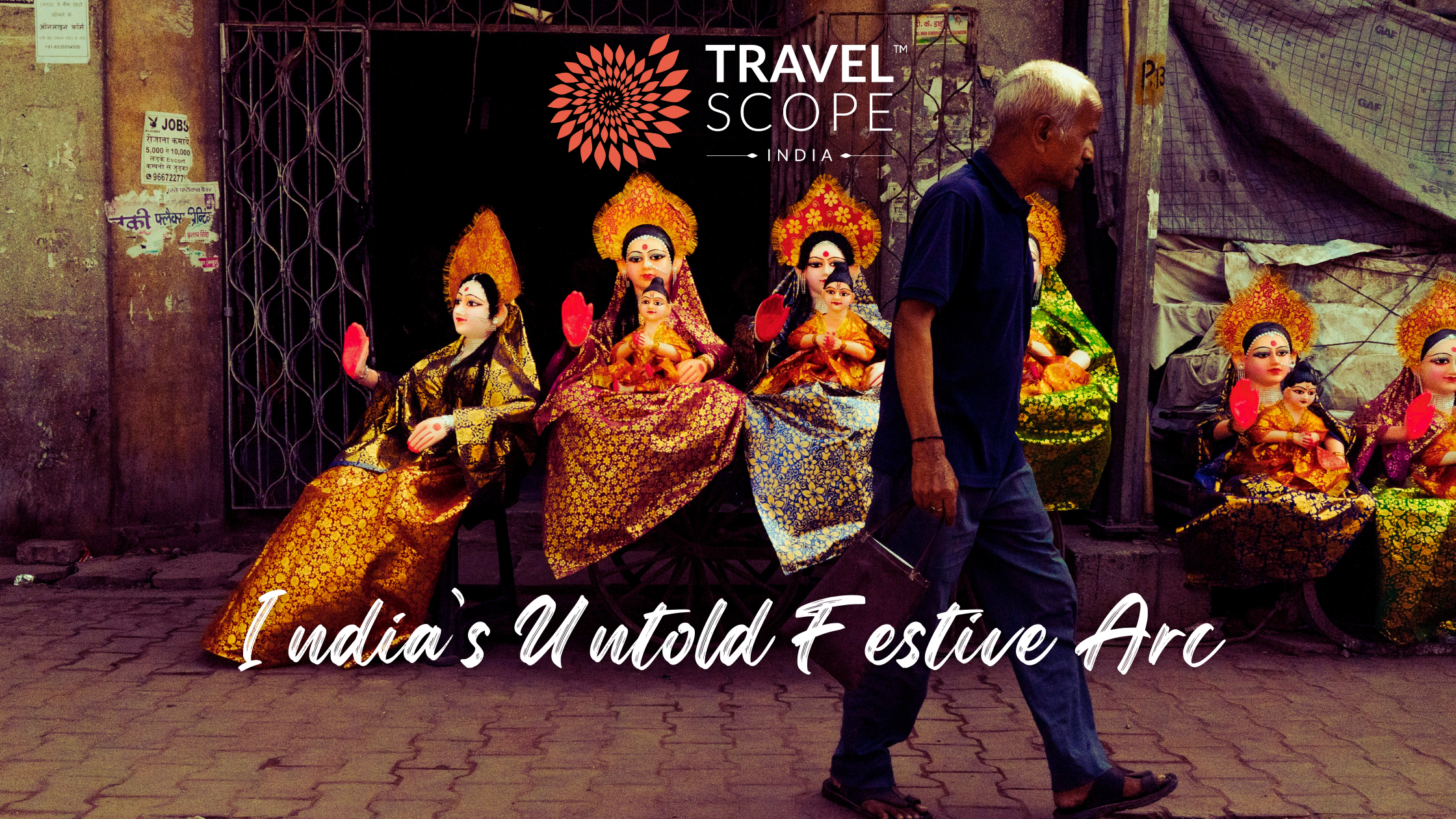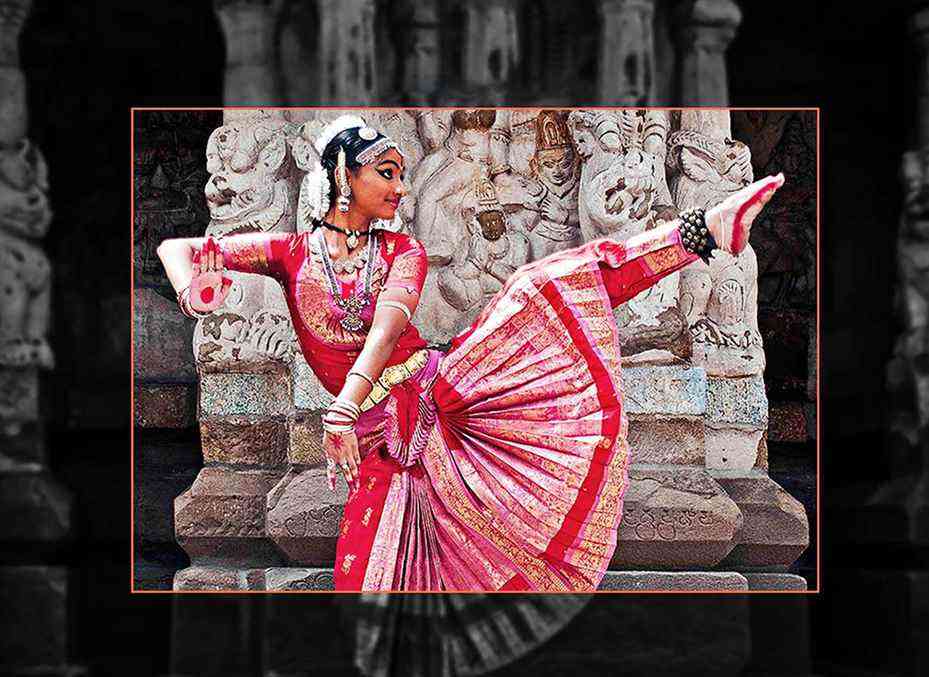Discover Infinite India
Mohan Narayanaswamy listed in Condé Nast Traveler's 2024 Top Travel Specilaists. Know More
- Our story
- Destinations
-
Itineraries
-
Rajasthan Beyond Palaces
Stories of stepwell feasts, leopard trails, and wild hills
- 13 Days
- 5 Destinations
-
In the Shadow of the Himalayas
Discover the wild beauty of the Himalayan foothills
- 12 Days
- 5 Destinations
-
Where Legends Live and Tigers Roam
Central India: Ancient Temples, Timeless Stories, and Untamed Nature
- 10 Days
- 4 Destinations
-
Rivers, Rhinos & Rhythms of the East
A Journey Through East & North-East India: Kolkata, Kaziranga & Brahmaputra
- 10 Days
- 4 Destinations
-
Palaces, Temples & Colonial Echoes
Retrace the Peninsular History of Kingdoms & Colonies in Tamil Nadu
- 10 Days
- 5 Destinations
-
Mountains, Monasteries & Monks
Discover the trans-Himalayan landscape and its people
- 9 Days
- 3 Destinations
-
- Experiences
- Stays
-

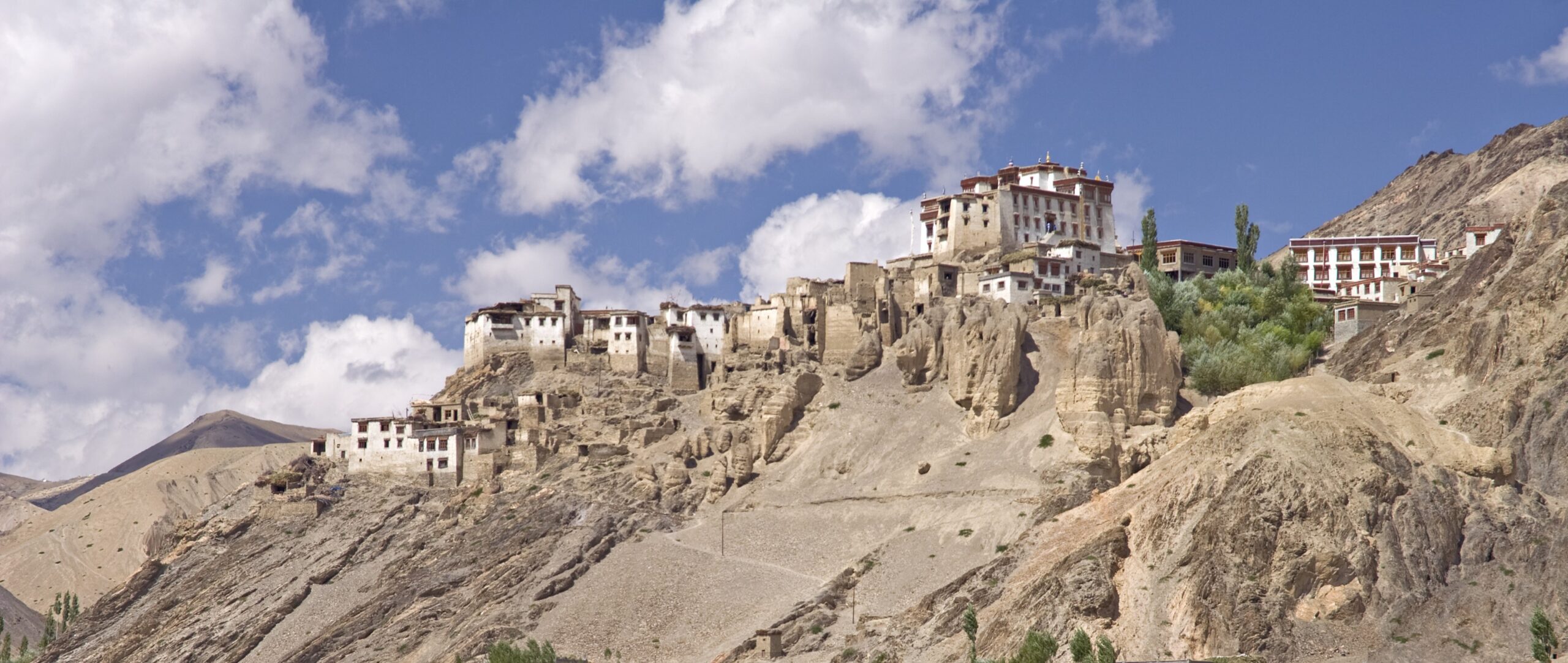

Mountains, Monasteries & Monks
Discover the trans-Himalayan landscape and its people
Ladakh, the land of high passes, is a region in the northernmost stretches of India with blurred boundaries of culture and traditions between neighboring countries like Tibet and China. In the past, the region’s strategic location at the crossroads of several trade routes was a lifeline for its people, which tourism today provides. Ladakh’s tranquil, turquoise lakes, adventure sports like river rafting and trekking, and the numerous Buddhist monasteries make it among the most unique destinations in India.
Our Mountains, Monasteries & Monks is an exploration of valleys and towering summits, as much as of the vibrant cultures that have thrived in these elevations for ages.
Highlights
-

Take in glacial rivers, fruit orchards, Buddhist monasteries and festivals at your own pace
-

Drive through some of the most stunning mountain passes of the Karakoram, Zanskar & Indus ranges
-

Visit ancient monasteries, ruins and forts that speak of beliefs and lives of yesteryears
-

Glimpse rare wildlife in the trans Himalayan region such as marmots, pikas, woolly hare, blue sheep and golden eagles
-

Walk through the modern bazaars of Leh which were once bustling stopovers on ancient trade routes
-

Attend a early morning prayer ceremony with monks at a Buddhist monastery
Destinations Covered
Best Time to Visit
-
Not advisable
jan
-
Good time to visit
feb
-
Good time to visit
mar
-
Good time to visit
apr
-
Great time to visit
may
-
Great time to visit
jun
-
Great time to visit
july
-
Great time to visit
aug
-
Great time to visit
sep
-
Great time to visit
oct
-
Good time to visit
nov
-
Not advisable
dec
Leh
Day: 1-3
Fly from Delhi/ Mumbai to Leh. Upon arrival at Leh Airport, meet with a Travel Scope representative at the arrival lounge. On a clear day, a window seat on the flight to Leh is the best place to view the rugged peaks of Ladakh and experience a spectacular landing.
Leh and places around are a good first stop before venturing out to other regions of Ladakh. It is advisable to use some of this time to acclimatize to the altitude. Leh as a market is a hub of bustling activities, while quaint villages dotted around it along with ancient monasteries and old palaces in and around the town makes a great start to the tour.
Spend the next two days exploring Leh with some of our recommended activities:
Recommended Activities
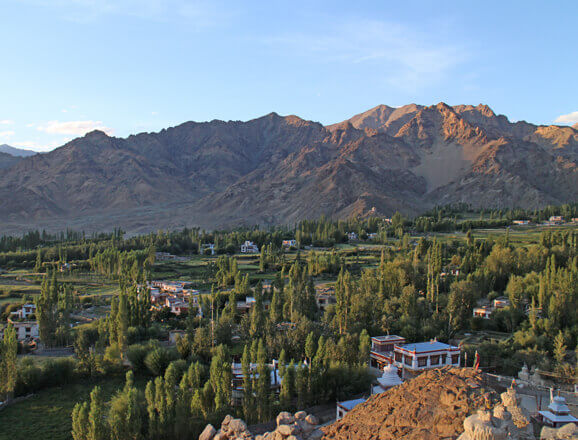
Hike to Saboo ruins
Active Travel & Adventure
At the northern fringe of Leh, lies the sleepy Saboo village. A short hike from the village to the nearby ridge, leads one past a small, quiet monastery to the ruins of Saboo Fort - among Ladakh's neglected structures. Enjoy panoramic sunrise or sunset views across the Leh valley from this vantage point.
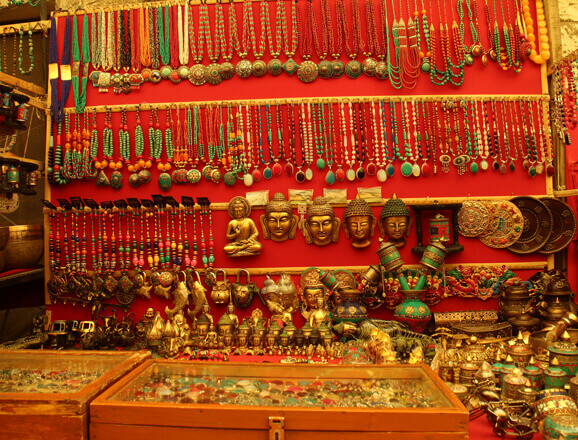
Leh Market & Central Asian Museum
Active Travel & Adventure
Once an important stopover on the trade routes between India, Tibet and China, Leh was the capital of the Himalayan kingdom of Ladakh. Leh is a fascinating labyrinth of winding streets and quaint bazaars. Start your explorations at the Leh Market, where a variety of Buddhist artefacts, knockoff clothes and other quirky items await. Follow this with a visit to the Central Asian Museum housed in an artistic stone tower whose courtyard hides Leh's oldest mosque! The exhibits include photo essays of Ladakh, and a Ladakhi-style kitchen.
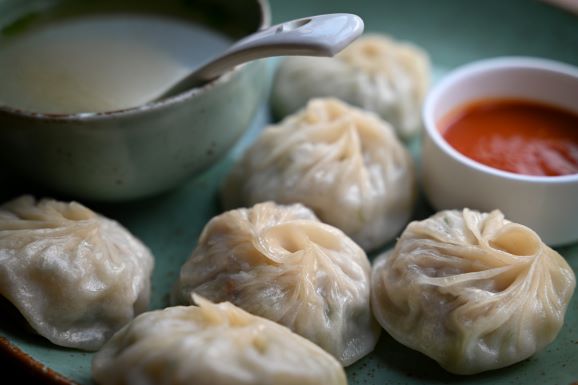
Culinary experience with a local family
Cuisine
Visit a local family for a cooking demonstration or hands-on culinary experience. Ladakhi cuisine is a true reflection of the region's rich cultural heritage. The limited resources in the Higher Himalayas have inspired ingenious culinary methods, resulting in hearty and flavourful dishes. The cuisine draws from the indigenous ingredients available in the challenging terrain. The food nourishes the body and encapsulates the spirit of the Ladakhi people, giving each meal a glimpse into their way of life. Image credit: Sarkar Sayantan CC BY-SA 4.0 DEED
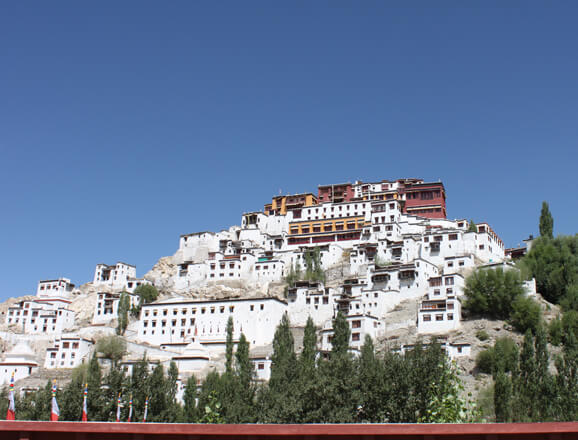
Thiksey Monastery: Early morning prayer with the monks
 Beliefs & Rituals
Beliefs & Rituals
Thiksey monastery located at 3,600 metres (11,800 ft) seems the perfect place to commune with the gods. Erected by the Tibetan Buddhists, Thiksey hosts the largest statue in Ladakh - one of Maitreya, a future avatar of Lord Buddha, still to grace the earth. For the early risers, Thiksey Monastery offers a perfect vantage point for sunrise views over the Indus Valley. This is also when the monks gather in the prayer hall, filling the air with their rhythmic chants and the scent of incense. It is an opportunity to pause, reflect, and embrace the profound sense of peace that..
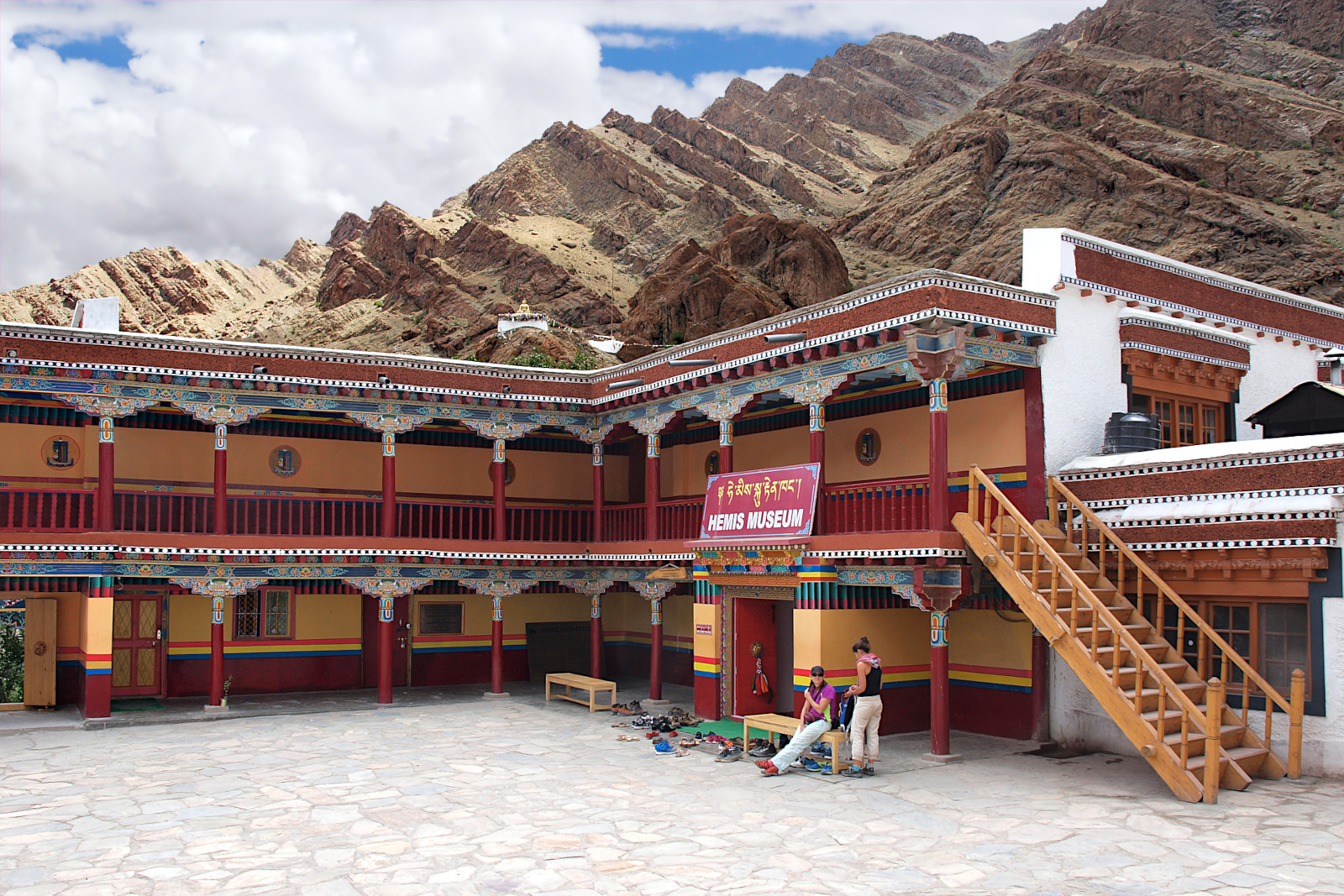
Hemis Monastery
Active Travel & Adventure
One of the region's most revered Buddhist monastic establishments, Hemis is also amongst Ladakh's biggest and perhaps one of the oldest and richest monasteries. The 17th-century monastery seamlessly fuses spirituality and craftsmanship amidst yet another peaceful landscape. The monastery's architecture marries intricate details, vivid murals, and a unique amalgamation of Tibetan and Indian influences. The central courtyard, adorned with prayer flags that flutter in harmony with the mountain breeze, serves as the heart of the monastery. The intricate woodwork, vibrant thangka paintings, and the ornate Tshogkhang assembly hall collectively create an ambiance that transcends time. Hemis also hosts one of..
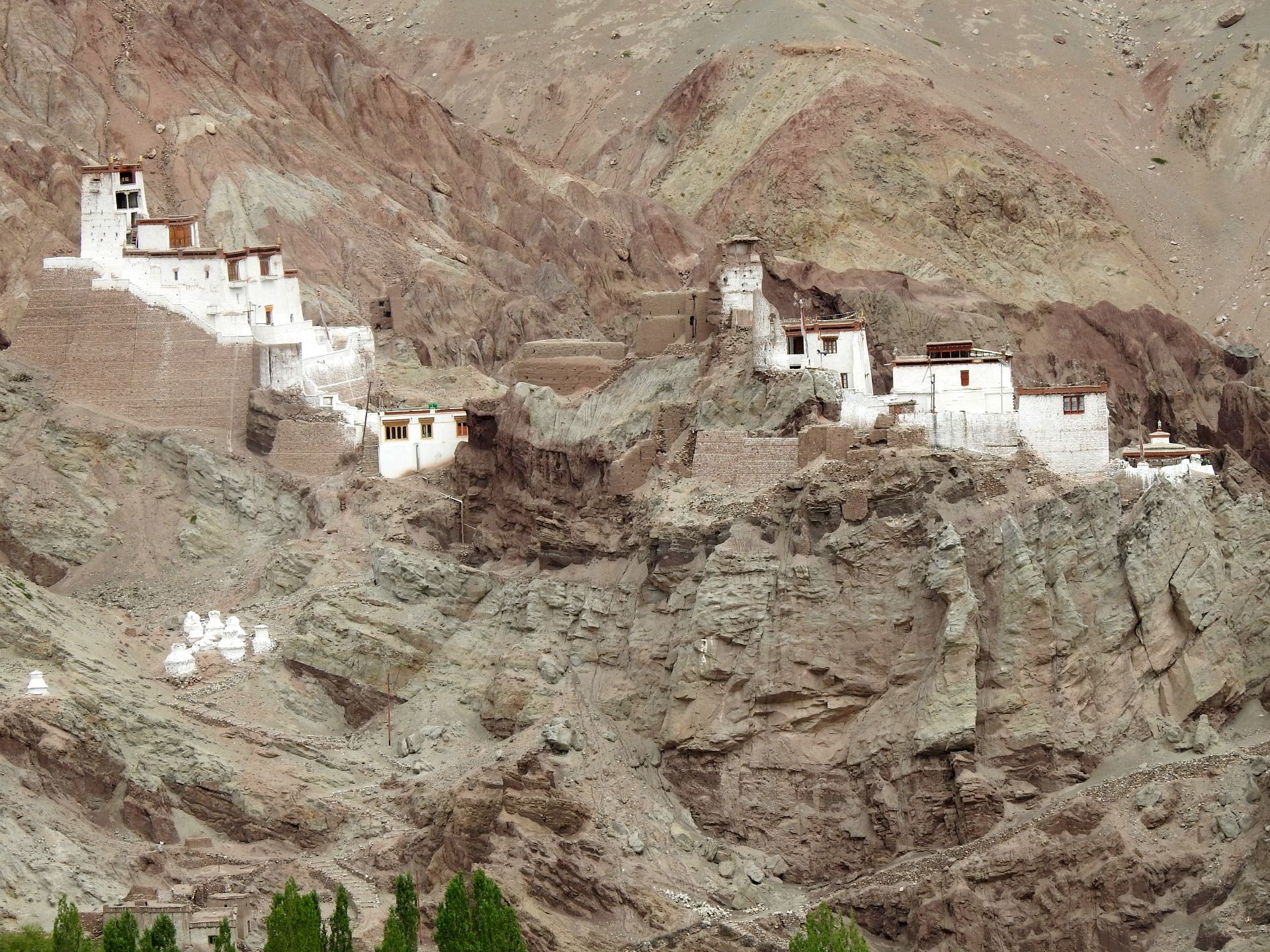
Basgo Ruins
Active Travel & Adventure
Basgo village, located strategically at the juncture of Upper and Lower Ladakh, was a pivotal part of the ancient Silk Route as a pit stop for traders. The remnants of the thriving erstwhile city – its ancient fort, royal palace, administrators' residences, chortens, and three Maitreya Buddha monasteries built in the 16th century – sit in ruins at the edge of the barren plateau. In the village below, the people are dedicated to preserving whatever is left of the once-rich heritage. From traditional techniques of managing and conserving their built heritage to initiating restorative efforts, they have been on a..
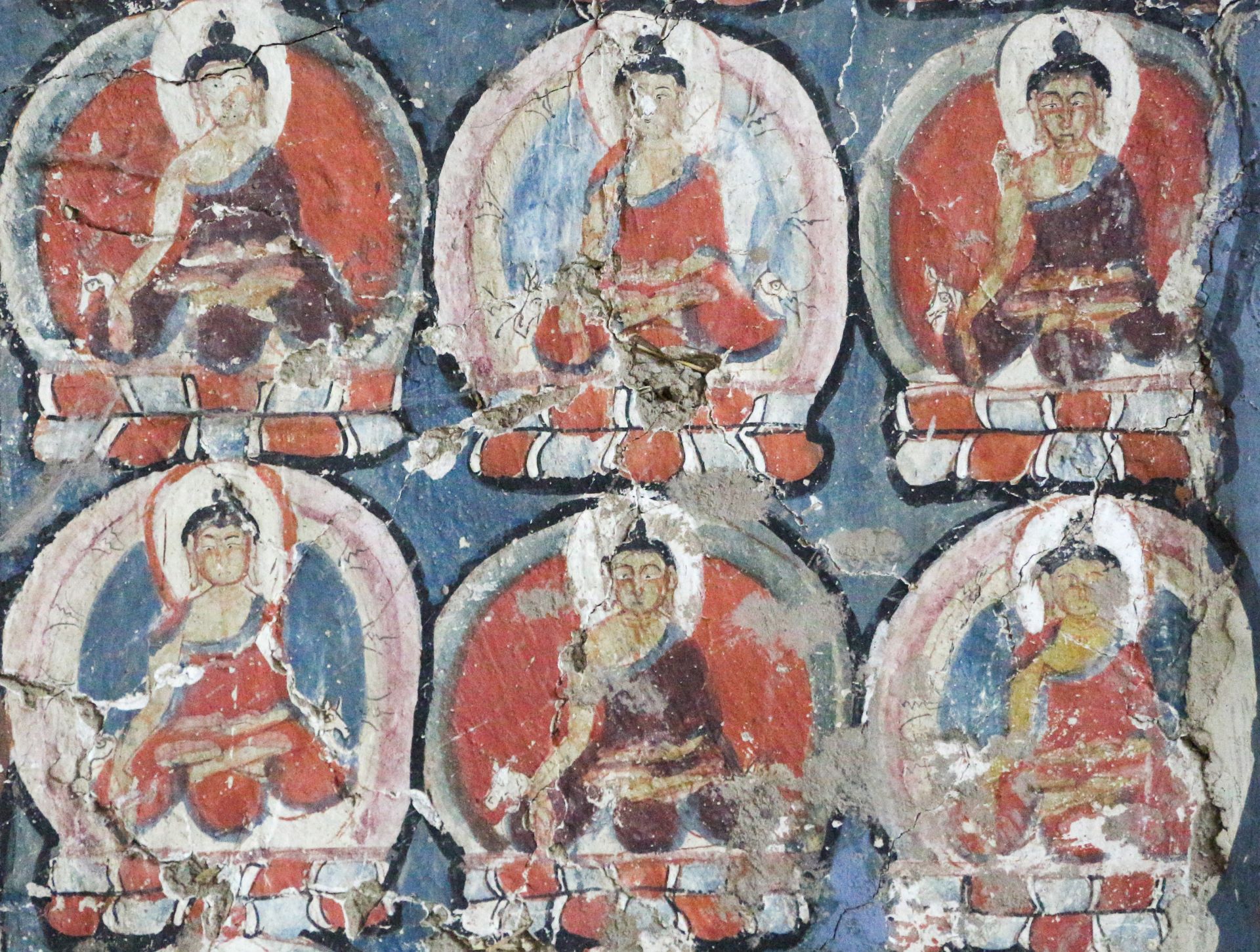
Alchi Monastery
Art & Architecture
Alchi Monastery, known for its remarkable frescoes and well-preserved sculptures. The intricate artwork found here serves as a window into the past, offering insights into the religious and artistic practices of the time. The monastery's murals, adorned with intricate detailing and vivid colors, depict various aspects of Buddhist teachings, history, and mythology. The local tradition and the records borne by the inscriptions differ on the builder of the monastery yet ascribe the date between 958 and 1055 – making it the region's oldest monastery. Alchi Kitchen nearby is the first Ladakhi restaurant to be featured by National Geographic. Enjoy a..
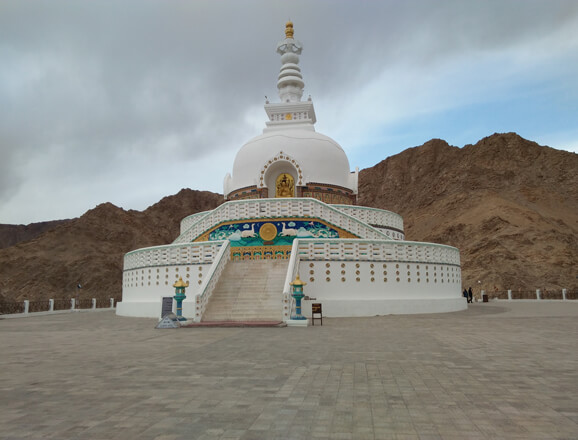
Sunset at Shanti Stupa
 Beliefs & Rituals
Beliefs & Rituals
Shanti Stupa literally means the Peace Pagoda, and it was built in the 1990s to enshrine Lord Buddha's relics and resurrect Buddhism in India. Built by the Japanese and Ladakhi Buddhists, the stupa denotes the 'dharma chakra' - the turning wheel of cosmic law and order and the life cycle of the Buddha - offering a glimpse into the philosophies that define this religion. At sunset, the Stupa presents as a vantage point for a brilliant spectacle of Leh town. The air carries a crisp chill as the golden light blankets Leh's alleys, monasteries, and vibrant markets, painting a beautiful..
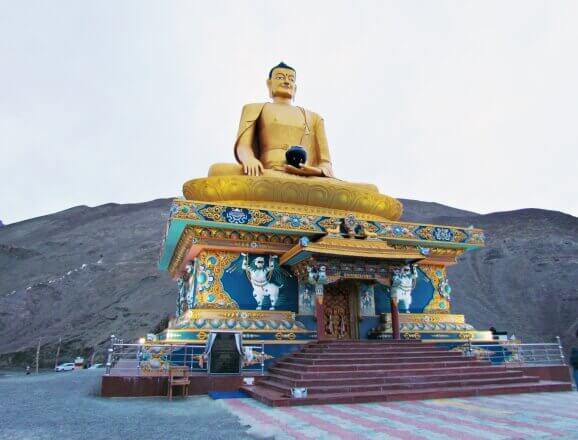
Stok Village
 Popular Culture
Popular Culture
A charming town dominated by its namesake palace, Stok’s legacy is evident in the Ladakhi craftsmanship of its residential structures. Overlooking a valley of pastoral hamlets, Buddhist shrines and sparse vegetation, Stok welcomes travelers to experience its unspoilt beauty. The Stok Palace, built by King Tsespal Tondup Namgyal in 1825, is the present-day residential palace of the royal descendants of King Sengge Namgyal. The architecture of this palace is a perfect mix of traditional and contemporary architectural styles. This palatial property consists of many beautiful gardens and a library with around 108 volumes of the Kangyur (a collection of teachings..
Recommended Accommodations
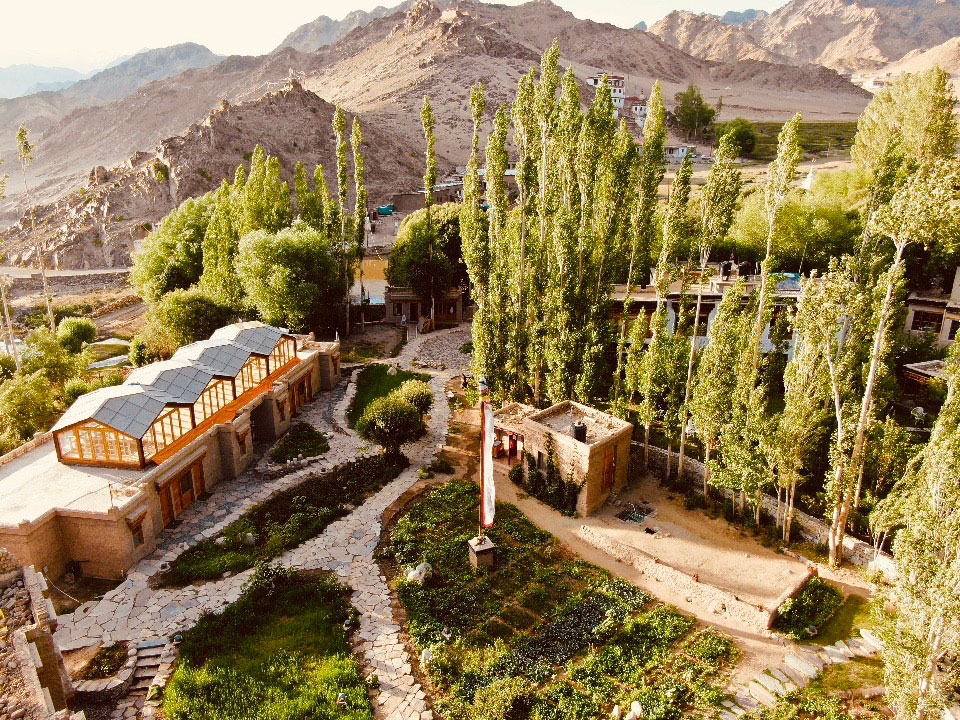
Ladakh Sarai
Ladakh Sarai offers a unique blend of luxury, cultural immersion, and breathtaking scenery. Located in Saboo village near Leh, the property is inspired by the nomadic culture and heritage of the region and combines traditional architectural design with contemporary amenities including heaters for cold nights.
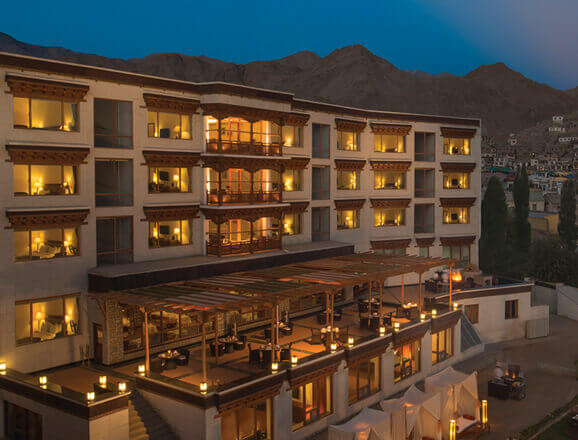
The Grand Dragon
Luxury Boutique
Leh’s only star-rated hotel, the Grand Dragon is a luxury hotel a short distance away from the main markets. The Grand Dragon is centrally heated, solar powered, with state of the art amenities from lounges to restaurants, an indoor gym and conference space - making it a great all-year-round accommodation. Apart from the hospitality and the food, the Grand Dragon’s highlight are the beautiful paintings by Gulam Mustafa - a Ladakhi painter, and the regal fixtures, that lend charm and character to this modern endeavour.
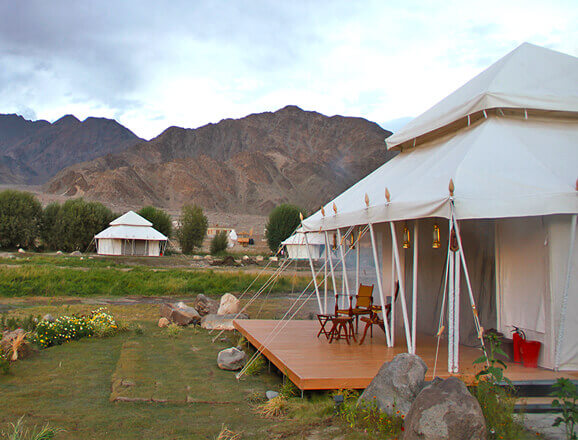
TUTC Chamba Camp, Thiksey
With panoramic views of the snow-capped mountains, the Chamba Camp by Ultimate Travelling Camp near Thiksey is set up near ancient monasteries with their fluttering Tibetan prayer flags, surrounded by nomadic tribal villages of Pashmina goat herders, offering the perfect glamping experience! Whether you'd like to trail past Buddhist monasteries or raft down the river Indus, practice yoga on mountaintops or enjoy picnic lunches near farming villages - the TUTC-Thiksey is your window into life in the Himalayas.
Nurla
Day: 4-5
A two-hour drive from Leh takes you to Nurla, a tranquil hamlet Situated along the Leh-Srinagar highway. Tucked amidst the peaks of the Karakoram and Great Himalayan ranges, Nurla's remote location combined with its breathtaking vistas, have nurtured a unique cultural community that has endured over time. This village in Ladakh is surrounded by apple and apricot orchards and offers great views of the Indus River flowing nearby.
Explore Nurla with our recommended activities:
Recommended Activities

Alchi Monastery
Art & Architecture
Alchi Monastery, known for its remarkable frescoes and well-preserved sculptures. The intricate artwork found here serves as a window into the past, offering insights into the religious and artistic practices of the time. The monastery's murals, adorned with intricate detailing and vivid colors, depict various aspects of Buddhist teachings, history, and mythology. The local tradition and the records borne by the inscriptions differ on the builder of the monastery yet ascribe the date between 958 and 1055 – making it the region's oldest monastery. Alchi Kitchen nearby is the first Ladakhi restaurant to be featured by National Geographic. Enjoy a..

Basgo Ruins
Active Travel & Adventure
Basgo village, located strategically at the juncture of Upper and Lower Ladakh, was a pivotal part of the ancient Silk Route as a pit stop for traders. The remnants of the thriving erstwhile city – its ancient fort, royal palace, administrators' residences, chortens, and three Maitreya Buddha monasteries built in the 16th century – sit in ruins at the edge of the barren plateau. In the village below, the people are dedicated to preserving whatever is left of the once-rich heritage. From traditional techniques of managing and conserving their built heritage to initiating restorative efforts, they have been on a..
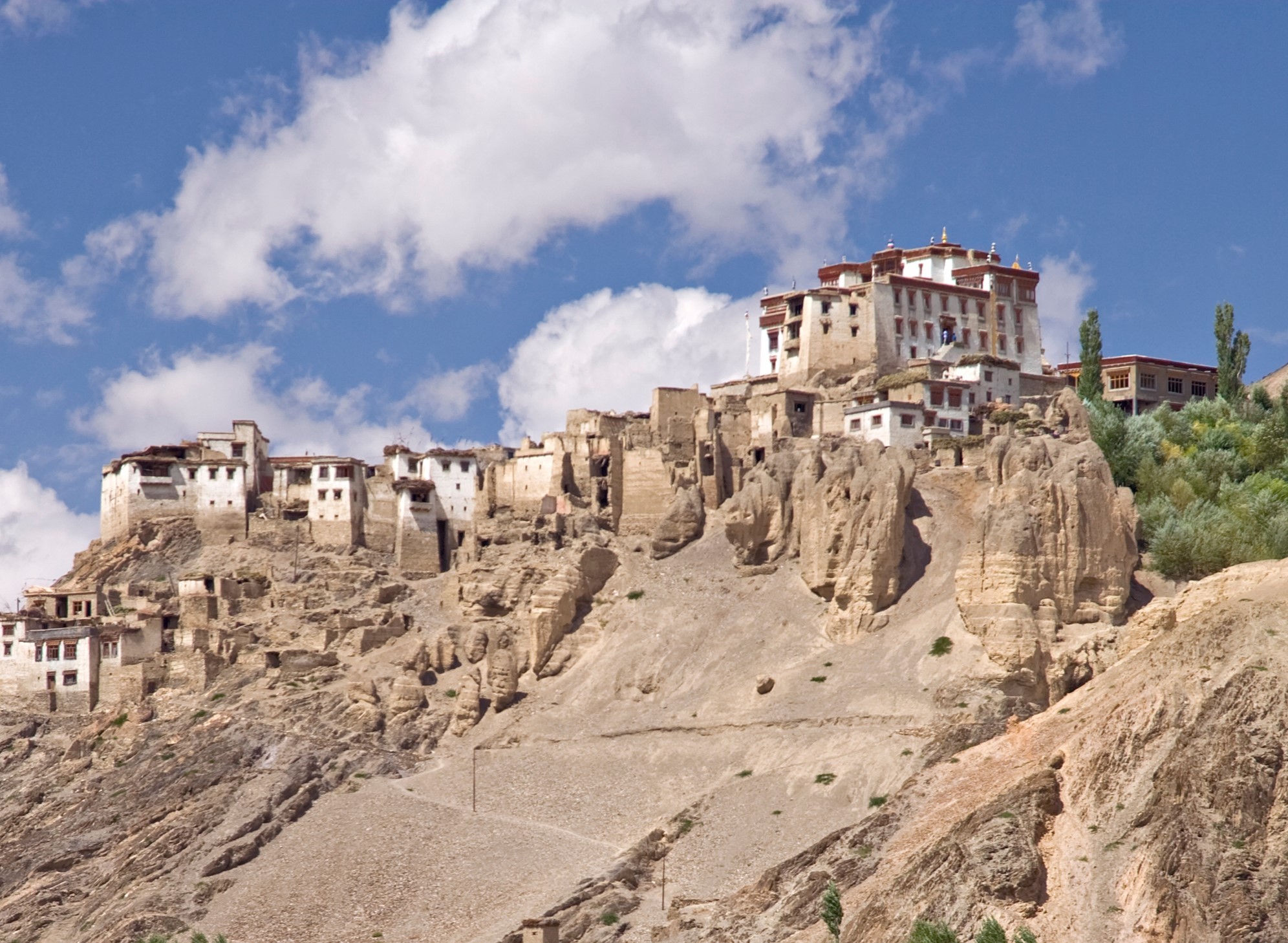
Lamayuru Monastery
 Beliefs & Rituals
Beliefs & Rituals
Lamayuru Monastery is the Ladakh's first to practice the Bon monastic system, an indigenous religious tradition of Tibet that pre-dates Buddhism. Tracing its origins back to the 11th century, Lamayuru's rugged charm is etched against the stark landscape, carving a unique presence. Its weathered structures tell a tale of endurance and dedication in facing challenges. The barren surroundings inspire contemplation on the devotion required to establish and maintain such a sanctuary in a demanding environment. The monastery has nearly 150 Bonpos (monks) permanently residing in its premises.
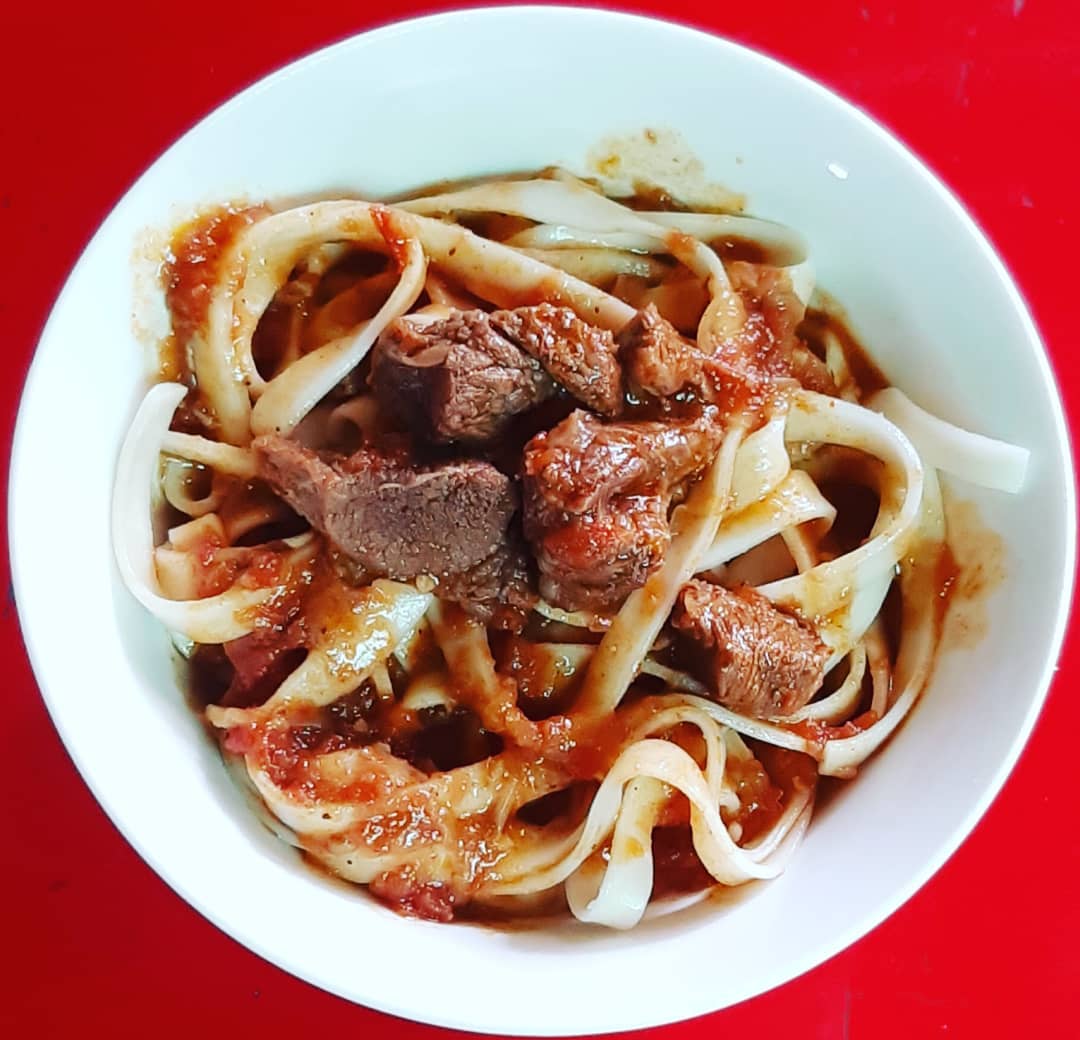
Lunch at Alchi Kitchen
Active Travel & Adventure
Alchi Kitchen is the first Ladakhi restaurant to be featured by National Geographic. The owner, Niza Angmo, who has curated the menu with the help of her mother, unearths some of the unique flavors of traditional Ladakhi food and beverages - a few lost recipes brought back to life, others curated with an innovative contemporary twist.
Recommended Accommodations
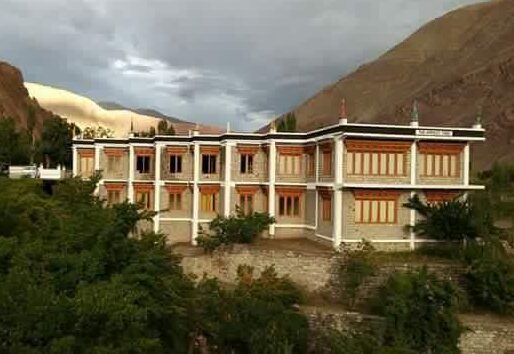
Apricot Tree
 Remote Experiential
Remote Experiential
The Apricot Tree, located on a gentle slope with a lovely view of the Indus River, is a 90-minute drive from Leh Airport. It is styled like a modern resort, with comfortable furnishings complemented by appealing color palettes, and well selected images of the area used as decor. The middle courtyard is a gathering spot to share memorable moments, tell a few stories, and relax around a campfire. The rooms have balconies with fantastic views of the Indus River and the woods below.
Nubra
Day: 6-8
Drive to Nubra valley passing through Khardung La (5260 Mt), one of the highest motorable road passes in the world. The view from the top of this pass is amazing. One can see all the way south over the Indus Valley to the seemingly endless peaks and ridges of the Zanskar range, and north to the giants of the Saser massif. Ladakh's high passes render the region inaccessible for most of the year. Yet after the snow melts in May, the landscape of turquoise lakes, stark river valleys and mountain-top monasteries opens its doors to travelers. Nubra Valley, once known in local parlance as the 'valley of flowers', is a high-altitude cold desert and the region's capital. Nubra's orchards blossom with apples, walnuts, apricots, almonds, and wheat, barley and mustard is widely cultivated.
Explore Nubra with our recommended activities:
Recommended Activities
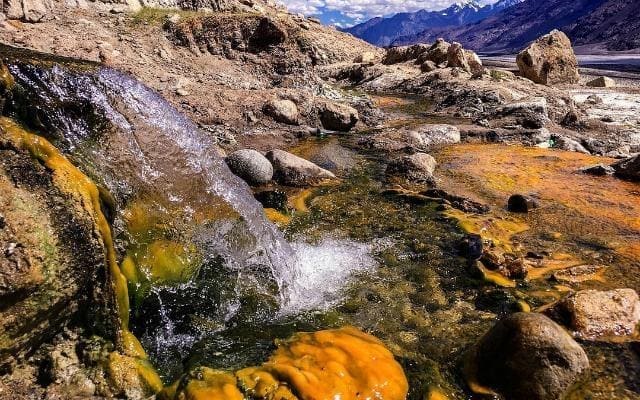
Panamik Hot Springs
Panamik Hot Springs is a natural wonder contrasting the weather and landscape of the cold desert. What makes them special is their soothing warmth amidst the chilly Himalayan terrain. Powered by geothermal energy, these hot springs have been around for centuries, with their origin lost in time. The waters here are said to possess healing properties, making it a popular destination for those seeking relaxation and rejuvenation.
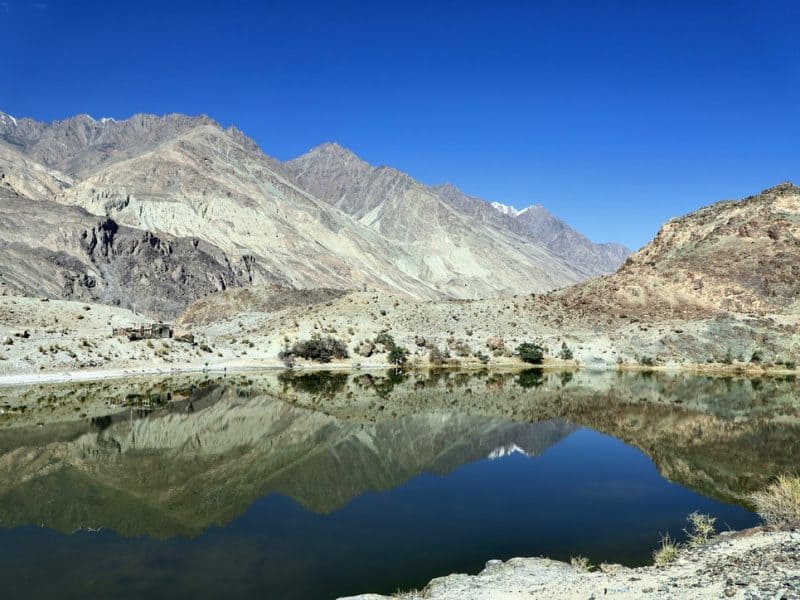
Lohan Tso
Active Travel & Adventure
Also known as Yarab Tsho, this high-altitude lake is believed to have formed many centuries ago, adding to its mystique. Its crystal-clear waters mirror the cerulean skies above, creating a breathtaking reflection. This relatively untouched natural wonder ensures a peaceful retreat, making it an ideal spot for those seeking solace and a connection with nature. Image credit: Lchang Nang Retreat
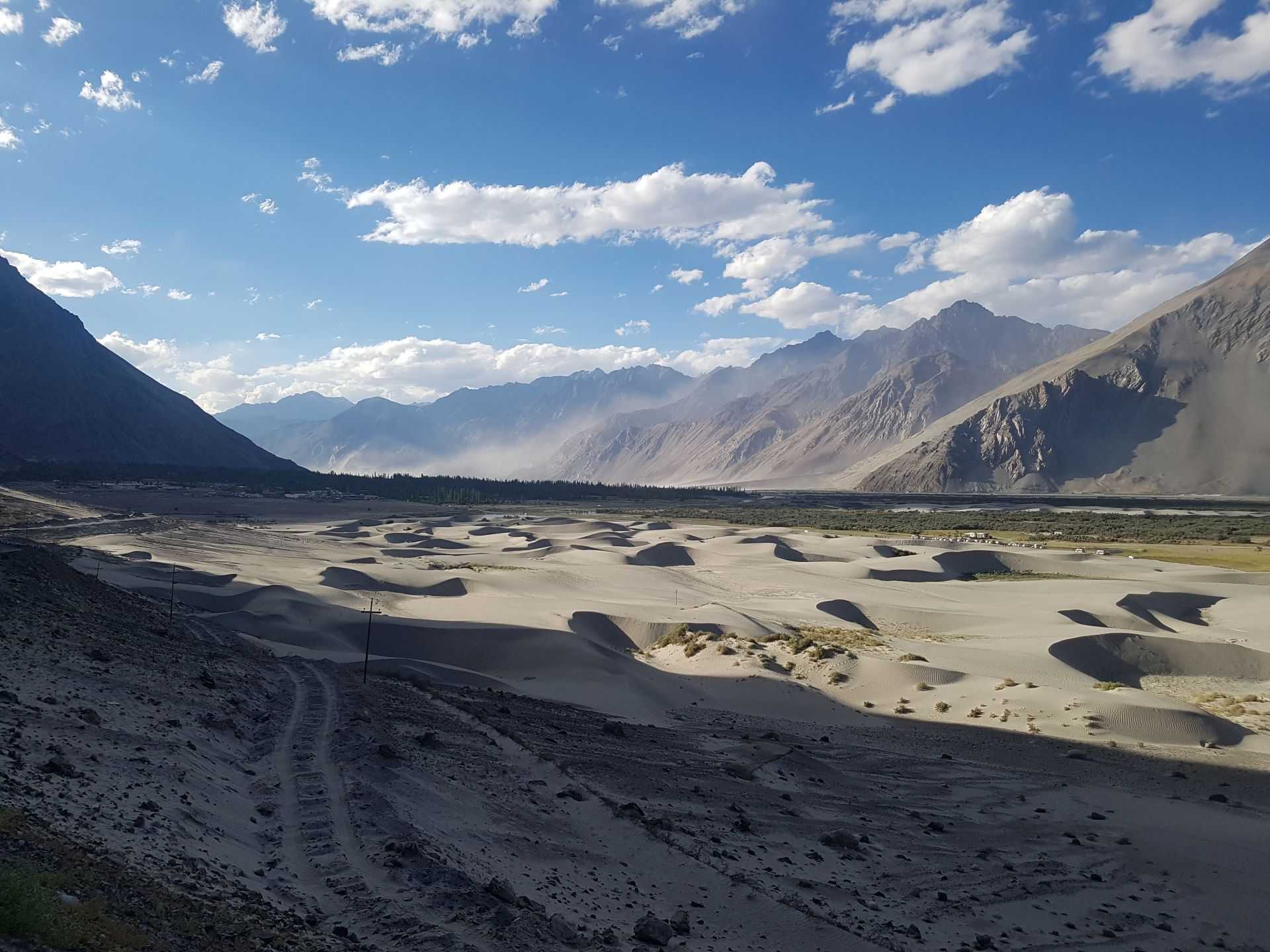
Hunder Gorge
The barren, rugged terrain surrounding Hunder Gorge provides a stark contrast to the lush, green valley it cradles. Walk along a trail following a glacier-melt stream, past terraced farmlands, surrounded by the impressive Karakoram mountains. As you stand within its depths, you can't help but feel a sense of awe at the sheer magnitude of time and geological processes that have shaped this landscape. Enjoy a picnic lunch at a quiet spot amidst the rocky outcrops and verdant patches.
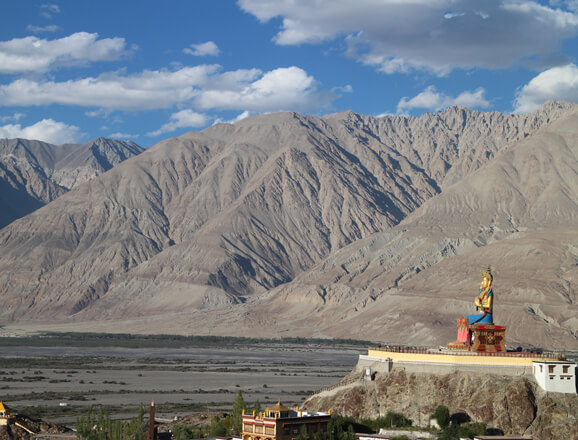
Diskit Monastery
 Beliefs & Rituals
Beliefs & Rituals
Diskit monastery built in 1420 AD is perched on a cliff-face overlooking lush valleys of fruiting orchards. Founded by the Gelugpa, or yellow hat sect of Tibetan Buddhism, the Crowned Buddha statues with its fierce guardian deities forms the centerpiece at Diskit monastery. This monastery is the oldest in the region and also provides a stunning sunset view. A long standing modern day made Buddha by the side adds to the interest. Interact with the monks to better understand the different sects and their origins.
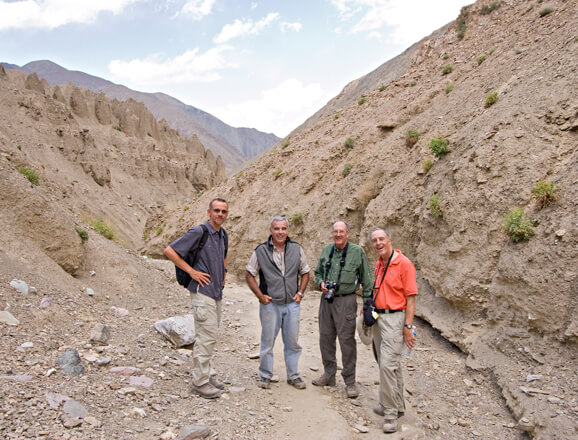
Ladakh Trekking
Active Travel & Adventure
Ladakh’s stark, rugged terrain offers many interesting trekking trails from the wildlife tracking trails to monastery treks past Lamayuru to Alchi, from the high-altitude Rupshu Kharnak trail along the Changthang plateau to the indomitable Stok Kangri, India’s highest trekkable summit. The countryside is peppered with blue sheep, Ladakhi urial - a type of mountain goat and marmots, and lucky trekkers sometimes return with tales and photos of Tibetan wolves, red fox or even the elusive snow-leopard. Set off on your own adventures and discover the lesser-known parts of Ladakh.
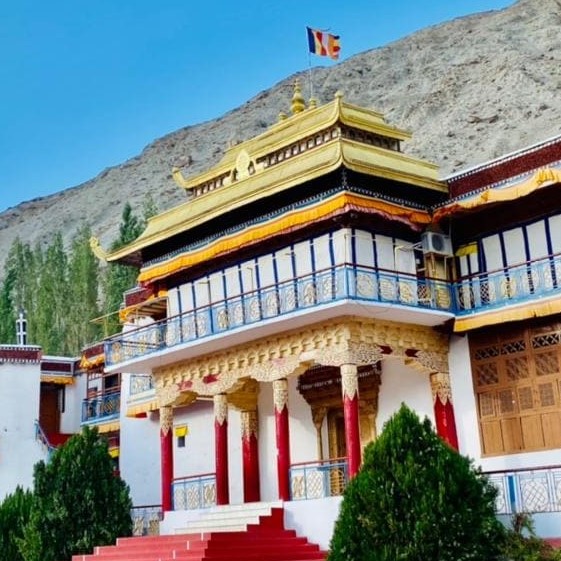
Samstanling Monastery
Active Travel & Adventure
Situated in the serene landscapes of Nubra Valley, Samstanling monastery's tranquil ambiance and unadorned beauty are unlike other monastic sites of Ladakh. This late 19th-century monastery is known for its simplicity in its architecture and surroundings. Though modest, the monastery's main hall exudes an air of peacefulness that draws visitors seeking solitude and spirituality. Samstanling Monastery also hosts a monastic school, often called a 'gompa' or 'chapel,' where young monks receive their education in Buddhist philosophy, rituals, and traditions. Image Credits: Lchang Nang Retreat
Recommended Accommodations
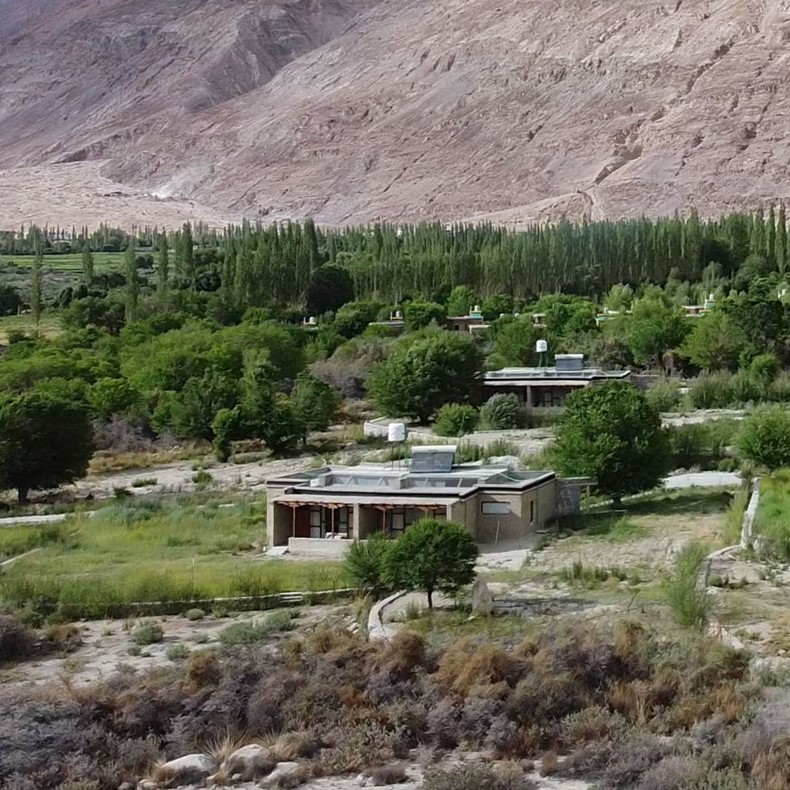
The Kyagar
 Remote Experiential
Remote Experiential
Kyagar is situated on the banks of the Siachen River amidst natural beauty with Siberian elms, sea buckthorn bushes, and wildflowers. It offers stunning views of the snow-capped peaks of the Karakorum mountain range. Each cottage suite seamlessly blends modern comfort with eco-inspired traditional Ladakhi architectural elements. The property is completely solar-powered and uses locally sourced ingredients to serve delightful meals - both of which are an attempt to minimize carbon footprint as well as support the surrounding community.
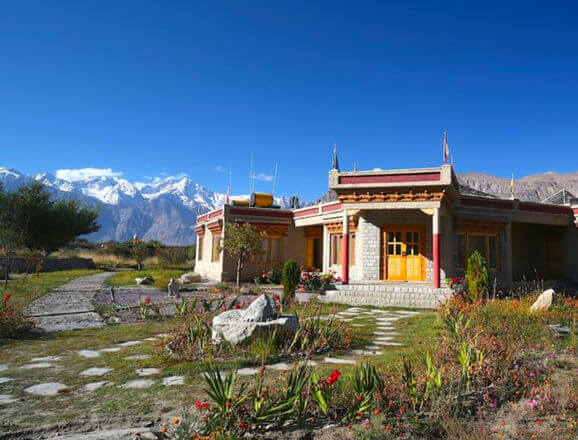
Lchang Nang Retreat
 Remote Experiential
Remote Experiential
Literally meaning the ‘house of trees’, Lchang Nang is peaceful little retreat set amidst an orchard of elm, apricot, and apple trees, with the perennial Siachen river running along its western boundary. Open from May to mid-October, Lchang Nang in Sumur village is a short distance from the town of Diskit - and can be a great vantage point to take in Nubra valley’s monasteries, wildlife and culture!
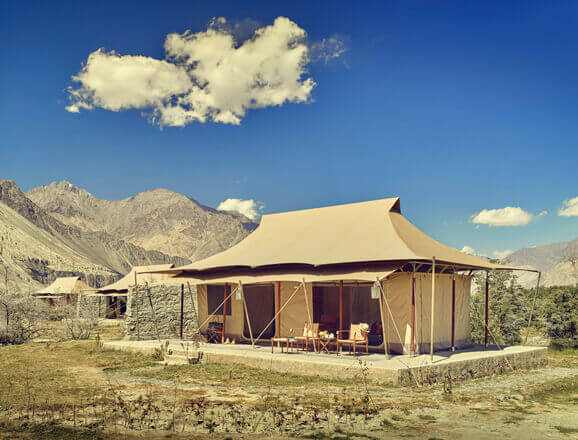
TUTC Chamba Camp, Diskit
 Remote Experiential
Remote Experiential
With panoramic views of the snow-capped mountains, the Chamba Camp by Ultimate Travelling Camp near Diskit is set up near ancient monasteries with their fluttering Tibetan prayer flags, surrounded by nomadic tribal villages of Pashmina goat herders, offering the perfect glamping experience! Whether you'd like to trail past Buddhist monasteries or raft down the river Indus, practice yoga on mountaintops or enjoy picnic lunches near farming villages - TUTC-Diskit is your window into life in the Himalayas.
Leh
Day: 9
After a leisurely breakfast drive back to Leh town wherefrom you'll board a flight for your onward journey the next day
More Journeys
Your Journey Awaits...
Share your details below and we’ll be in touch!

215, Qutab Plaza, DLF Phase 1, Gurugram, Haryana - 122002, India
contact@travelscopeindia.com
+91 124 499 9499
COPYRIGHT © TRAVEL SCOPE 2025

